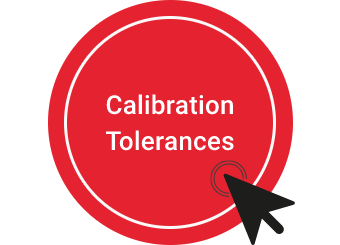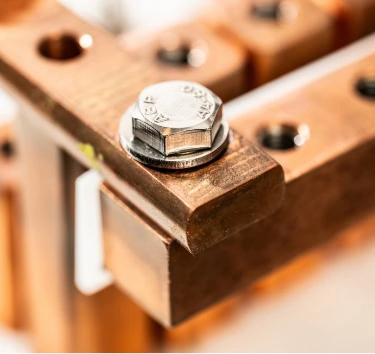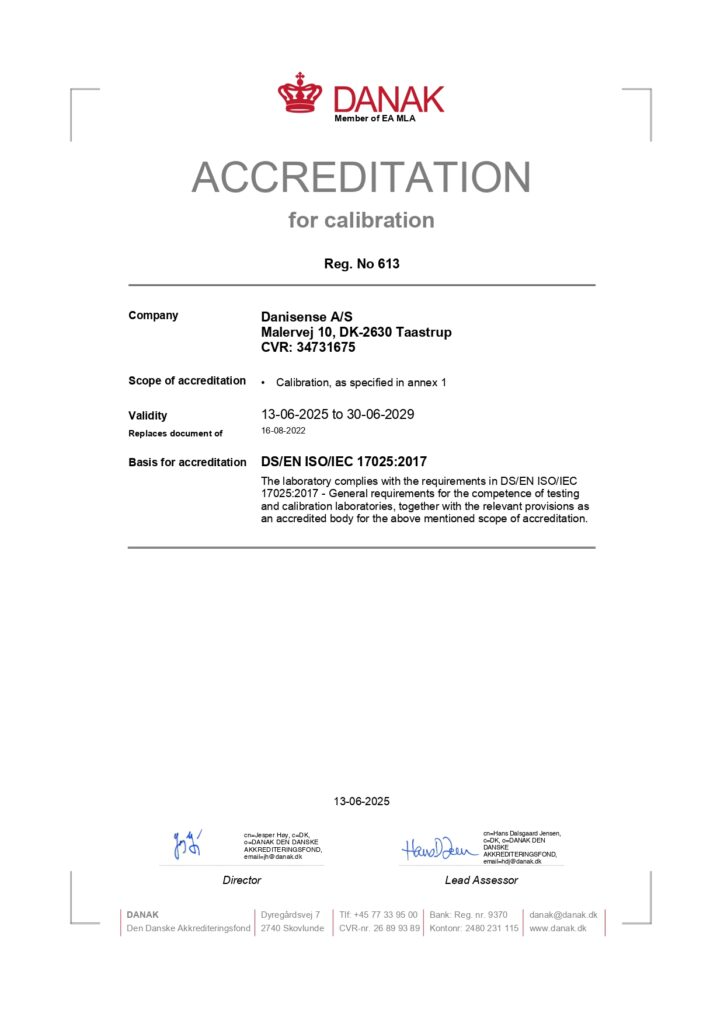A ONE STOP SHOP CALIBRATION PARTNER
Danisense Calibration Lab
Calibration service
As part of Danisense’s pursuit of precision and innovation, the Danisense Calibration Laboratory was constructed in 2017. The aim was to improve our technical proficiency and to grow our knowledge of current sensing technology. Since then, we have expanded and improved the calibration service to offer customers highly accurate and reliable calibration of current transducers, with some of the lowest uncertainties available. After learning and building our competence, the first ISO/IEC 17025 accreditation by DANAK was finalised in 2022. The primary objective of Danisense Calibration is always to give the customer useful and trustworthy results.
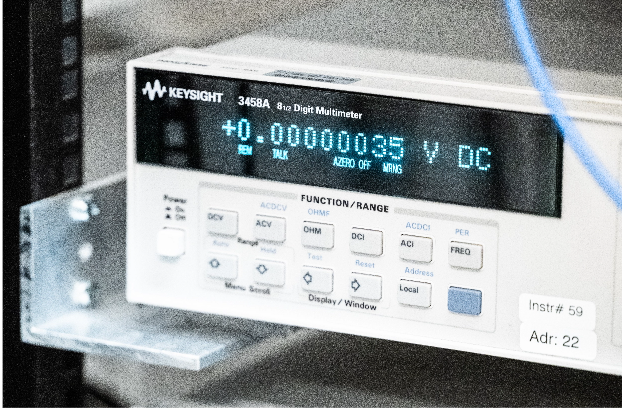
The importance of accurate and reliable current transducers
Laboratory Measuring Capability
Our state-of-the-art laboratory is equipped to handle both AC and DC certified calibration, from small current to several thousand amps. This extensive range ensures that we can calibrate a wide variety of current transducers for gain and phase calibrations.
Short Lead Time
We understand that time is of the essence in many industries. Our calibration service is designed to minimize downtime, with short lead times, typically 5 working days, ensuring that your equipment is back in operation as quickly as possible.
A One Stop Shop Calibration Partner
Your lab likely has a mix of current transducers from various technologies and brands due to its history. Managing their calibration can be complex and time-consuming. Our calibration service simplifies this by accepting and expertly handling all types and brands of transducers.
Certified Calibration Report
A Danak-certified calibration certificate, providing you with the assurance that your equipment meets international standards.
Online Calibration Portal
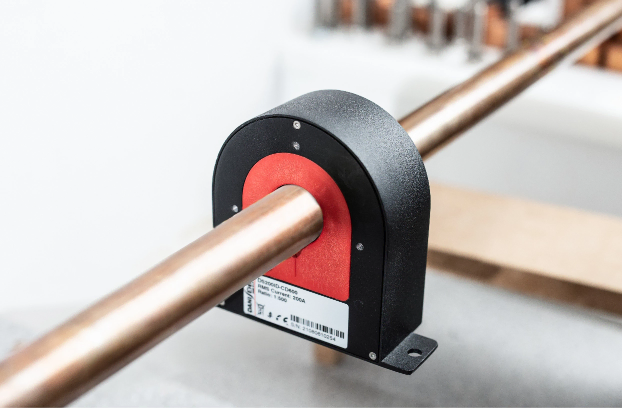
Calibration provides knowledge
Calibration is the comparison of measurement values delivered by a device under test with those of a calibration standard of known accuracy. This provides the device user with knowledge of how well the device performs in controlled conditions. Regular calibration of an instrument gives the user confidence in their test results and insight into the reliability of their system.
ISO/IEC 17025 ensures competence
ISO/IEC 17025 is the internationally recognized standard for calibration laboratories. While similar to ISO 9001, the standard demands high levels of competence in both management and technical aspects of the laboratory to ensure the impartiality and quality of the results.
Accreditation gives international acceptance
Accreditation is the independent conformity assessment by a third party against recognised standards. While each country has its own accreditation body, the EA and ILAC Mutual Recognition Arrangement (MRA) means that once accredited, the accreditation is accepted everywhere. This means that the customer can trust the high standard of the accredited laboratory anywhere in the world.
Traceability links results to the SI units
Measurement traceability refer to an unbroken chain of comparisons relating an instruments’ measurements to a known standard. Primary standards are used to realise their unit of measure which directly corresponds to their definition in the SI unit system. From this, secondary standards can be calibrated and used in national metrological institutes (NMI) as national standards. By maintaining traceability in calibration, the chain links the users’ instrument directly to the defined physical units. This means that measurement results can be compared using the same units across the world if uncertainty is accounted for.
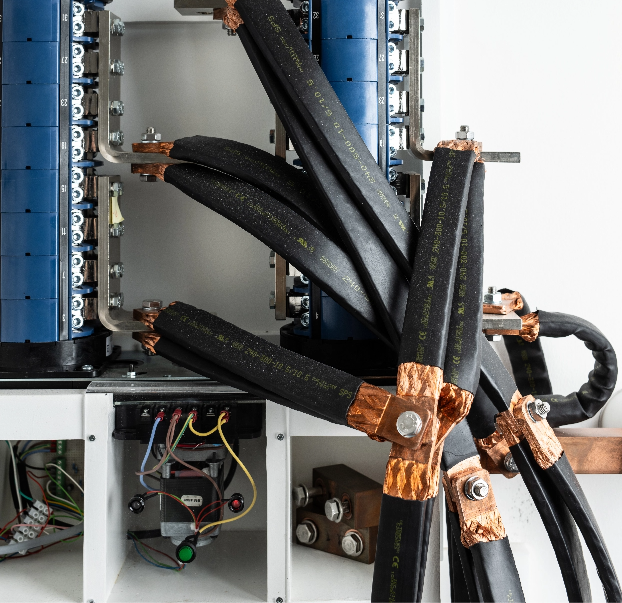
DC Calibration
We perform DANAK accredited ISO/IEC 17025 calibration of DCCTs at Danisense Calibration. Our measurement capabilities are found in DANAKs website. The following table is an example of the uncertainties we provide at different current levels in DC calibration:
AC Calibration
We use partners to perform AC calibration in external laboratories on Danisense products. Contact us: info@danisense.com
| Current output DCCT | Voltage output DCCT | |
| 100 A | 6 ppm | 17 ppm |
| 1000 A | 6 ppm | 17 ppm |
| 10000 A | 21 ppm | 26 ppm |
Please note that the actual uncertainty of calibration results depends on the device under test and the measurement conditions.
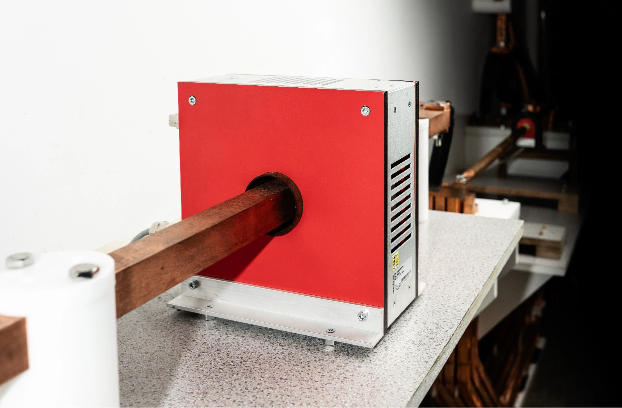
Questions? We are
here to help you
Any questions regarding DC calibration or AC calibration contact us at calibration@danisense.com or book a calibration
When ordering a calibration please fill out our CRMA Form
